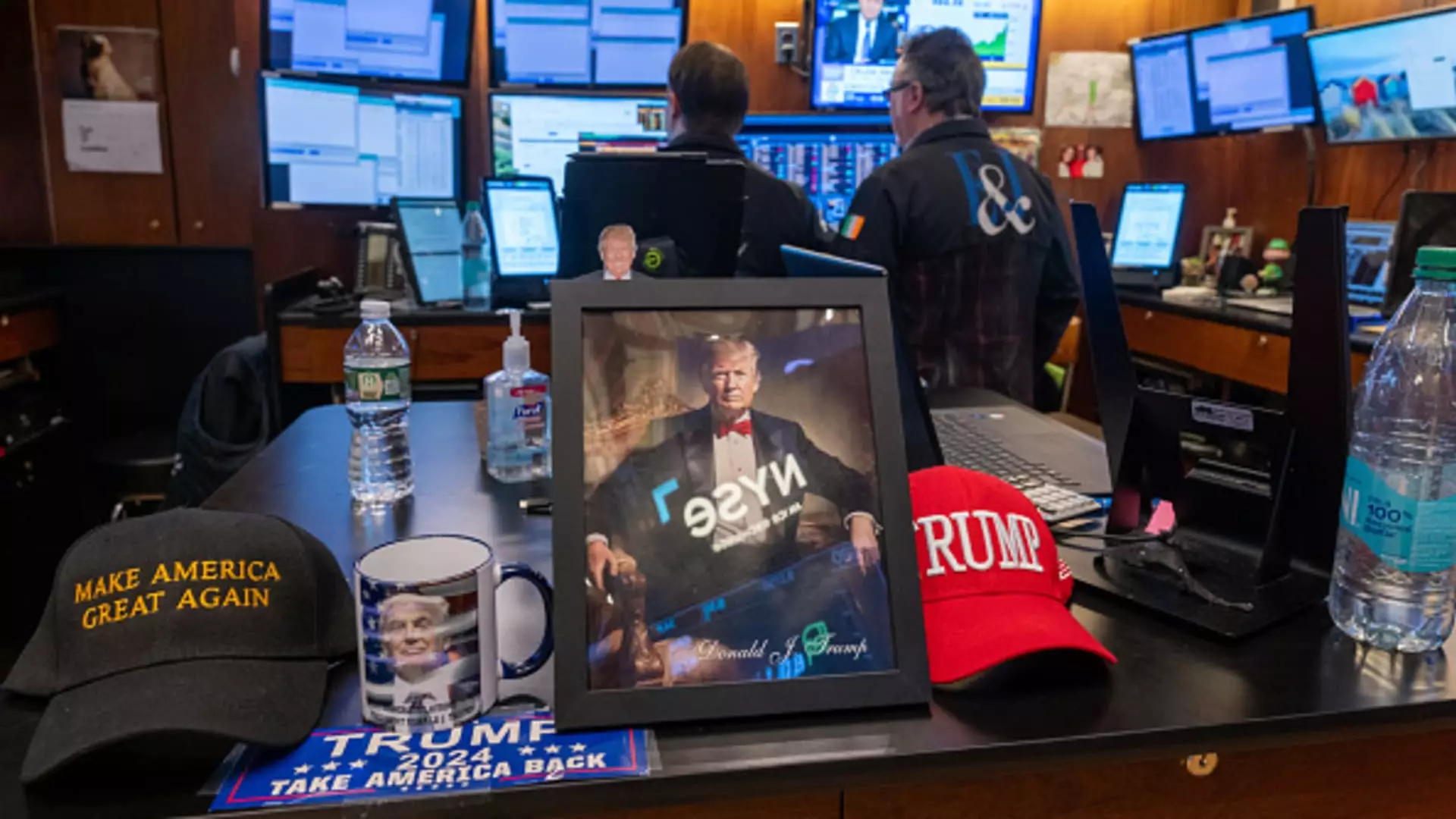In the wake of President Donald Trump’s election for a second term, the financial landscape has begun to shape itself in intriguing ways. As he embarks on a new chapter marked by ambitious promises for economic reform, lower taxes, and reduced prices, stakeholders must consider how these changes could affect individual finances and the broader economic environment. With critical executive decisions already in motion, here’s an analysis of potential financial impacts under a second Trump administration.
One glimmer of promise that came from Trump’s campaign was his commitment to preserve and perhaps enhance tax relief previously instituted under the Tax Cuts and Jobs Act (TCJA). Yet, the uncertainty looms large as many of the provisions from the TCJA are set to expire by the end of 2025. Without congressional action, a substantial portion of taxpayers could expect to see their tax burdens increase significantly as lower tax brackets may vanish. More than 60% of taxpayers could face higher rates, which would translate to an effective fiscal hit for the average American family if these proposals do not come to fruition.
While Trump aims to eliminate taxes on tips and Social Security, it’s important to understand the ramifications of such proposals. Underlying this discussion is a struggle for Congress to manage ballooning federal debt, which is projected to swell to $1.9 trillion in the current year alone. Consequently, any tax-cutting measures are bound to surface amidst contentious debates concerning federal spending—making it pivotal for stakeholders to closely monitor legislative dynamics in the upcoming sessions.
As for international trade, Trump has signaled a vigorous evaluation of the United States’ trade relationships with its closest neighbors and its most significant competing economy—China. His Day One execution of an order to assess these relationships understood tariffs not simply as revenues but also as tactical points in negotiations. Although Trump proposed steep tariffs during his campaign—10% on all imports, edging higher on goods from Canada, Mexico, and China—those promises are fraught with complexity.
Tariffs, which can be seen as protective measures, do not come without consequences. Businesses generally pass these costs onto consumers, leading to an increase in retail prices. Therefore, the practical implications of rolling back or imposing new tariffs will remain an area of contention as lawmakers debate their viability and effectiveness. The internal debate within Trump’s administration reflects broader uncertainty; thus, stakeholders should prepare for potential shifts in pricing dynamics spanning various sectors.
Health Care and Social Security: A Balancing Act
As Trump seeks to uphold already-promised protections for Social Security and Medicare during his tenure, the fiscal implications of such decisions will certainly reverberate through broader healthcare funding. Cuts are on the table, mainly targeting programs like Medicaid, which faces an identified deficit of $2.3 trillion. If Congress does not intervene to protect these subsidies, individuals reliant on the Affordable Care Act may face stark increases in premiums.
Hence, as discussions about healthcare funding continue, one must acknowledge that funding tax reductions will require tough compromises. The presence of fiscal pressures will make pushing through substantial reforms an uphill battle. Understanding the vulnerabilities associated with these programs will become essential for individuals navigating their financial futures.
Looking ahead, the combination of potential economic reforms, tariffs, and healthcare changes portends a period of significant volatility in the markets. Predictions suggest that the first year of Trump’s new term could be marked by unpredictable market behaviors. As policies unfold, investors would be wise to adopt a prudent approach—understanding their personal financial situations to avoid panic selling during downturns.
Furthermore, experts have noted the possibility of a cap on credit card interest rates, an intriguing yet contentious proposal. While such a cap may initially provide relief to those with accruing debts, it raises the concern of tightening credit availability, potentially triggering other adverse economic outcomes. Stakeholders must be wary of how these financial policies could affect not only their immediate financial situation but also their ability to engage in long-term investments.
As President Trump resumes office, the path forward is layered with complexities that extend beyond ordinary fiscal policies. From imminent tax reform debates to ongoing healthcare negotiations, the financial decisions in this second term will play a significant role in shaping the future economic landscape for millions across the nation. Individuals and families need to remain vigilant in understanding the implications of these changes, ensuring they are adequately prepared to navigate the economic currents in the years to come. With a blend of potential opportunities and economic challenges ahead, cautious optimism is warranted as the nation moves forward under a potentially transformative administration.

